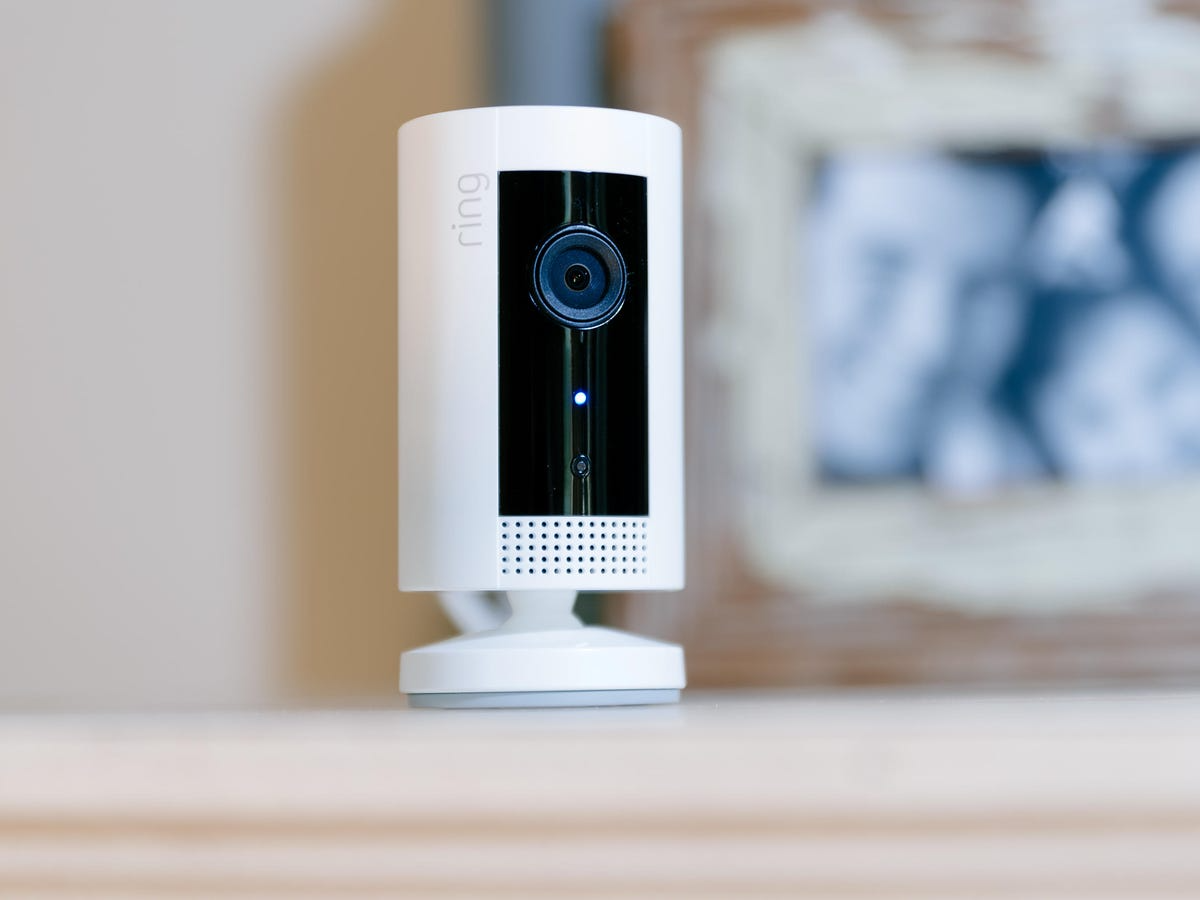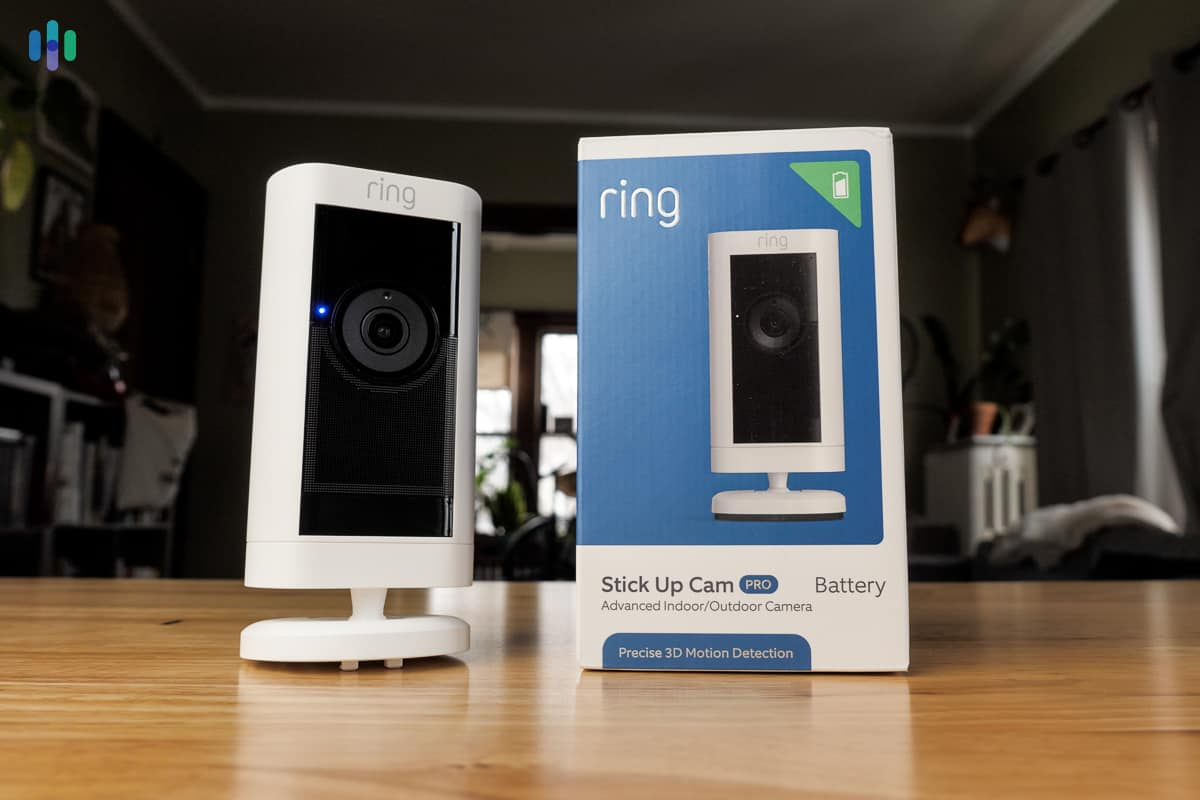Introduction
In an era where safety and security are paramount concerns for homeowners, Ring cameras have emerged as a popular and effective tool for enhancing residential protection. These smart devices, known for their ease of installation, user-friendly interfaces, and seamless integration with other smart home systems, offer a comprehensive solution for monitoring your property and deterring potential intruders. With Ring cameras, homeowners can enjoy increased peace of mind, real-time surveillance capabilities, and remote access to live footage and recorded videos, transforming the way we safeguard our homes and loved ones.
Key Features and Benefits
High-quality Video Recording
Ring cameras boast high-resolution video recording capabilities, capturing crisp images and clear audio, even in low-light conditions. Equipped with advanced night vision technology, these cameras provide round-the-clock visibility, ensuring you never miss a moment, whether it’s a suspicious individual lurking outside or your pet’s late-night antics. The wide-angle lenses offer broad coverage, minimizing blind spots and providing a comprehensive view of your property.
Motion Detection and Alerts
One of the standout features of Ring cameras is their motion detection capability. Utilizing advanced algorithms, the cameras can distinguish between people, vehicles, and general motion, sending instant notifications to your smartphone whenever activity is detected within predefined zones. This real-time alert system empowers homeowners to respond promptly to potential security threats or simply keep tabs on package deliveries and visitors.
Two-way Audio Communication
Ring cameras are equipped with two-way audio functionality, enabling users to communicate with individuals on their property directly through the camera. Whether it’s greeting guests, giving instructions to service providers, or warning off potential intruders, this feature adds a layer of interactivity and control to your home security setup. It’s particularly useful for parents who want to check in on children playing outside or pet owners who need to reassure anxious pets remotely.
Cloud Storage and Video History
Ring offers various subscription plans for cloud storage, allowing users to access and review recorded footage for up to 60 days or longer, depending on the plan chosen. This feature ensures that critical moments are captured and securely stored, providing valuable evidence in case of a break-in or other incidents. Additionally, the intuitive Ring app allows users to easily search and filter recordings by date, time, and event type, making it effortless to find specific footage when needed.
Integration with Smart Home Systems
Ring cameras seamlessly integrate with other smart home devices and platforms, such as Amazon Alexa and Google Assistant, enabling voice commands for camera controls and live feed viewing. They also work harmoniously with Ring’s own ecosystem of products, including video doorbells, alarm systems, and smart lighting, creating a cohesive and robust home security network. This integration enhances convenience and enables automated responses, such as turning on lights or sounding an alarm when motion is detected.
Installation and Setup
Installing Ring cameras is a straightforward process, designed to be accessible even for those with limited technical expertise. Most models come with mounting hardware and can be going to affix to walls, ceilings, or eaves using the provided screws and brackets. The setup process typically involves connecting the camera to a Wi-Fi network, configuring motion detection zones and alerts, and pairing the device with the Ring app on your smartphone or tablet. Detailed step-by-step instructions and video tutorials are available in the app and online, ensuring a hassle-free experience.
Privacy and Security Considerations
Ring cameras, like any internet-connected smart home devices, raise privacy and security concerns that users should be aware of. Here are some key considerations to keep in mind:
Video surveillance
Ring cameras enable continuous or motion-activated recording of your property, which can be a double-edged sword. On one hand, it provides an extra layer of security by deterring potential intruders and capturing evidence if needed. On the other hand, it also means that your private life may be constantly monitored, potentially infringing on your own and your visitors’ privacy.
Data storage and access
Ring offers cloud-based video storage through its subscription plans. While this ensures that footage is safely stored off-site, it also means your videos are stored on servers maintained by Ring (a subsidiary of Amazon) and could potentially be accessed by unauthorized parties if proper security measures are not in place. It’s crucial to understand Ring’s data retention policies, encryption standards, and who might have access to your footage (e.g., law enforcement with proper legal authorization).
Account security
To protect your camera feeds from unauthorized access, ensure you use strong, unique passwords and enable two-factor authentication (2FA) for your Ring account. Cybercriminals may attempt to hack into accounts to view live feeds or gain control of the cameras.
Third-party access and partnerships
In the past, Ring has faced criticism for its partnerships with law enforcement agencies, which sometimes allowed direct access to user footage without warrants. Although Ring has since implemented changes to its policies, it’s essential to stay informed about any data-sharing agreements and adjust your privacy settings accordingly. Additionally, be cautious when granting third-party apps or services access to your Ring account, as they may have varying levels of security and privacy practices.
Potential vulnerabilities
Like any technology, Ring cameras may have software or firmware vulnerabilities that could be going to exploit by hackers. Regularly updating your camera firmware and the Ring app helps mitigate these risks. Monitor news and security advisories for any reported vulnerabilities and promptly apply patches when available.
Audio recording and privacy laws
Ring cameras often feature two-way audio capabilities, allowing you to communicate with people near the camera. Be mindful of local laws regarding audio recording, as some jurisdictions require consent from all parties involved for such recordings. Always inform visitors that they are being going to record, both audibly and visually, to respect their privacy rights.
The Ring app includes features like Neighbors, a social network where users can share footage and information about local crime and safety incidents. While this can foster community awareness, it may also lead to oversharing of personal information or unwarranted suspicion. Use these features judiciously, respecting others’ privacy and avoiding contributing to a culture of surveillance.
Children’s privacy
If you have children or frequently host children at your home, consider the impact of constant video monitoring on their privacy. Ensure that cameras are not going to place in areas where children would expect privacy, such as bedrooms or bathrooms, and configure privacy zones within the Ring app to block sensitive areas from recording.
Conclusion
Ring cameras have reshaped the landscape of home security, offering a user-friendly, feature-rich solution that empowers homeowners to monitor their properties, deter intruders, and maintain peace of mind. With high-quality video recording, advanced motion detection, two-way communication, cloud storage, and seamless smart home integration, these devices provide a comprehensive security blanket for modern households. By understanding their key features, benefits, installation process, and addressing privacy concerns, you can confidently harness the power of Ring cameras to safeguard your home and loved ones.







